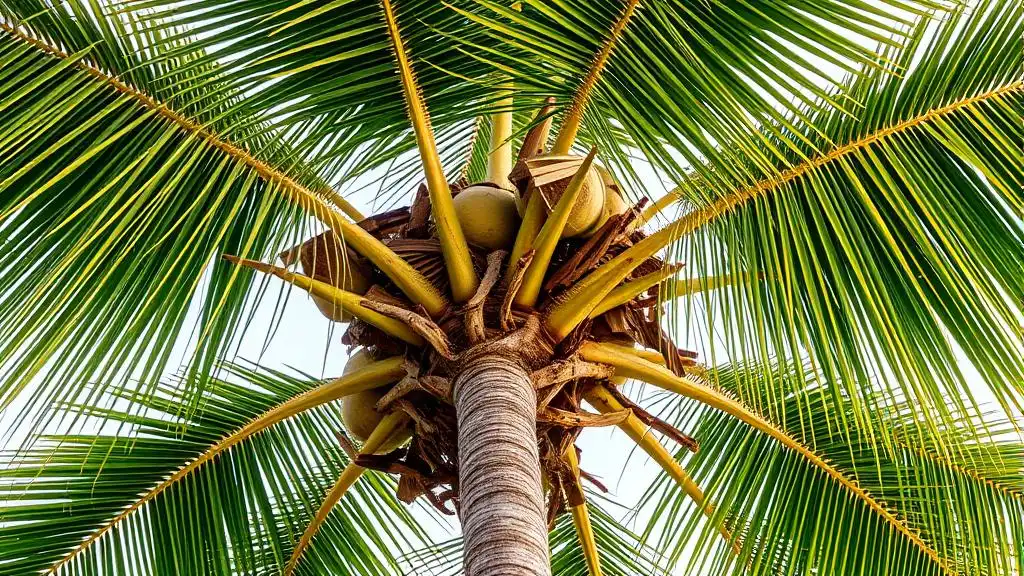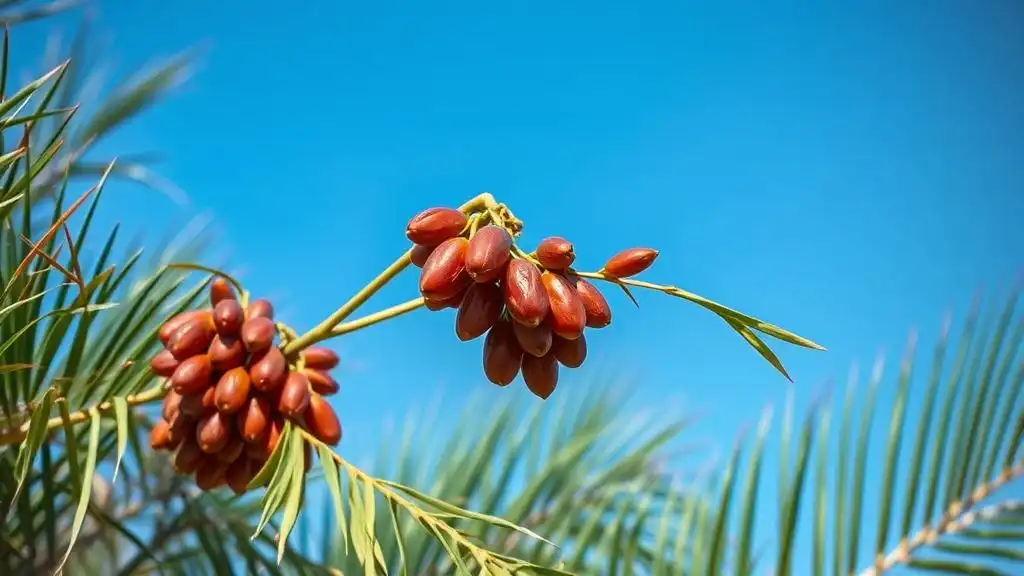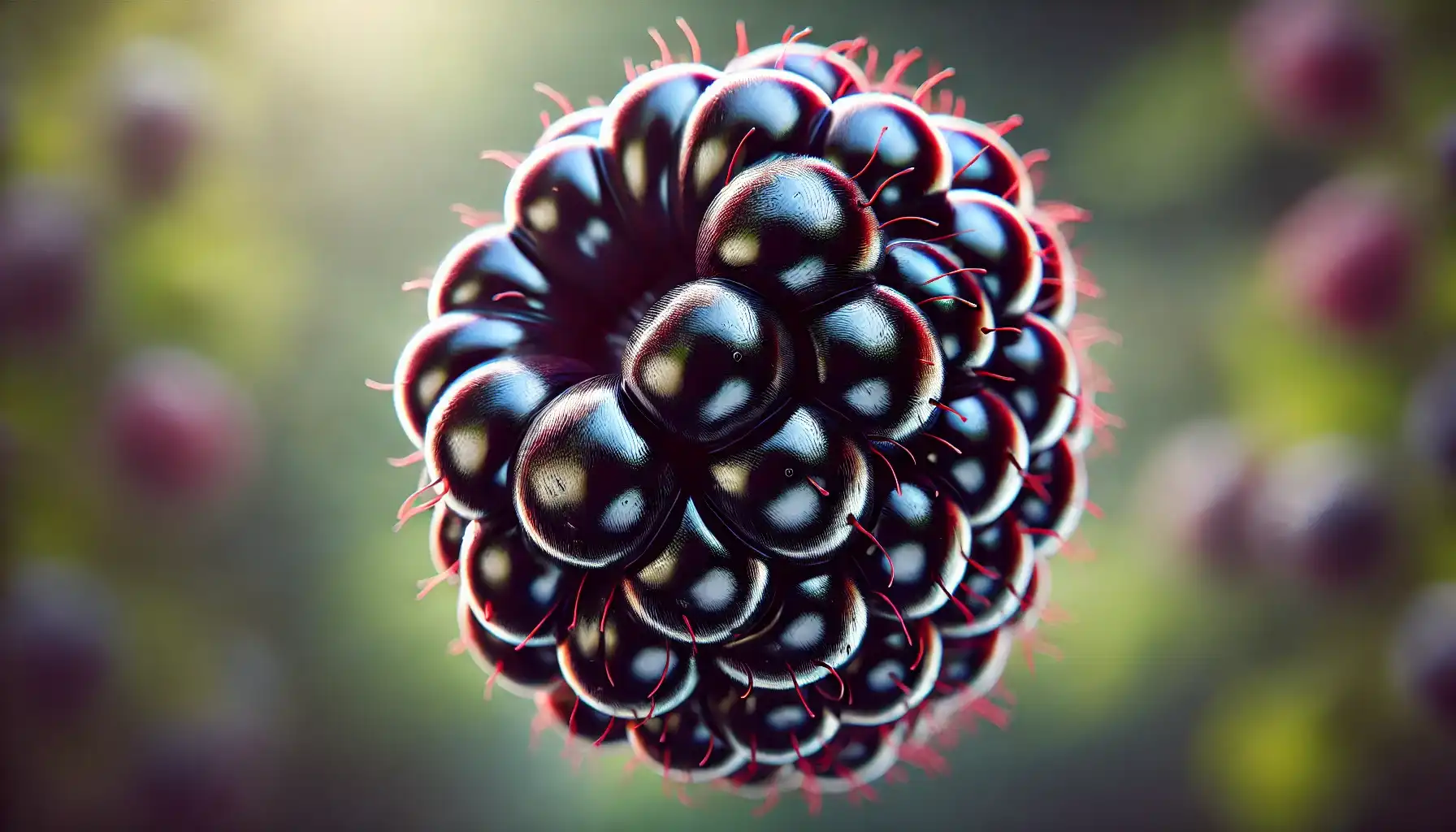The Book of Tropics: All You Need to Know About Palm Trees

In the diverse world of tropical flora, palm trees seem to be the most joy-inducing and soul-warming natural creations, for these plants are always associated with the fruits they produce and the exotic locations they grow in. The image of a palm tree is typically composed of the distinctive features specific to the group as a whole, which is not quite fair.
Contents:
In the diverse world of tropical flora, palm trees seem to be the most joy-inducing and soul-warming natural creations, for these plants are always associated with the fruits they produce and the exotic locations they grow in. The image of a palm tree is typically composed of the distinctive features specific to the group as a whole, which is not quite fair.
In our comprehensive guide, we have compiled relevant information regarding different palm tree species and details about what fruits come from palm trees. Explore the tropics from the comfort of your own home.

All Faces of Palm Trees: Unique Characteristics
Palm trees, the most prominent symbols of tropical paradise, are a diverse group of plants, botanically classified as non-true trees thanks to their unique anatomy. These plants usually have a solitary, tall trunk that supports a crown of long, thin, and waxy fronds at the top, which makes them relatively easy to identify. One may ask, “What is so unique then if they look just like other trees?”
What makes palms different from deciduous trees is the vascular system. The “regular” trees have a strict order of how layers are organized, which include a bark, a layer of phloem, cambium, and the xylem as the core of the plant. To be more precise, a bark is responsible for protecting the inner layers, the phloem facilitates sugar transportation within the plant, the cambium allows it to grow, and the xylem supplies other parts of the tree with water. Palm trees, though, are not that simple.
Surprisingly, palm trees cannot boast the bark, for the inner part of the plant is a dried-out tissue, usually called a pseudobark. In addition, the xylem and phloem, arranged in bundles, establish a different type of sugar and water transportation. Besides, all the species of palm trees do not have cambium in their structure, which means they cannot grow wider.
Ideal Environments for Palm Trees to Grow
Palm trees are frequently linked to tropical regions only where temperatures are always high. Nevertheless, some palm species may survive in different conditions, though they have to meet the general requirements for efficient growth and production.
Temperature: The most appropriate temperature for palm trees to successfully grow and develop ranges from 60°F to 95°F (or 15°C to 35°C). Nevertheless, if the temperature drops, some palm species, like the Date Palm and the Queen Palm, are able to tolerate cooler environments, which is yet to affect the growth speed.
Humidity Level: Different types of palm trees thrive in varying levels of humidity, generally preferring conditions with humidity ranging from 20% to 70%. Moreover, a tree should possess the capability to absorb water from the soil or access deep underground water reserves. As soon as water resources become unavailable, the growth and plant development are reduced.

Soil Condition: Well-drained soil offers the most suitable conditions for palm trees not to get waterlogged or nutrient deficient. Botanists claim that sandy or loamy soils are ideal for palms, depending on their particular needs.
Aspects That Influence Pollination: Unlike many fruit-bearing trees that require pollination for a plant to produce a crop, palm trees are a bit different. The essential participant in the process is the wind through which pollination occurs. As a result, there appear stone fruits and berries, too.
What Kind of Fruit Grows on Palm Trees?
What grows on a palm tree? When thinking about palm trees, most people imagine coconuts or dates, yet this versatile plant genus yields an even broader array of consumable fruit, producing them for decades. Let us take a look at the most popular fruit grown on palm trees.
Coconuts
This might be the most well-known and widely-used fruit grown on the Coconut Palms. The nutritional value of these large fruits is undeniable. Coconut water, for example, is a great hydrating beverage full of electrolytes, vitamins, and fiber, while coconut meat is routinely processed into oil or coconut milk. The shell of the fruit, by the way, may also be employed for making various useful items.
Dates
Heavily nutritious dates produced by the Date Palm are another significant fruit with a rich history and a wide range of applications. Nowadays, the most popular form of dates that people consume is dry fruit; and as a healthy snack, they provide one with vitamins, minerals, fiber, and sugar. Moreover, dates are also used in cosmetic production, other culinary creations, and traditional medicine to treat respiratory diseases as well.

Pindo Palm Fruit
Stocky Pindo Palm trees, native to Brazil and Uruguay, are known to produce sweet jelly fruits. In most cases, these fruits are used in the alcoholic drink industry. Nevertheless, pineapple-like flavor attracts those who make jellies and jams, be it a global manufacturer or a casual cook.
Acai Berries
Those who wonder “What are the berries on palm trees?” usually come across acai, a trendy superfruit rich in antioxidants and overly nutritious components, which boost the immune system and reduce inflammation. The application of the berries extends beyond food production and enters other spheres, like cosmetics.
Flawless Exploration Through the Eyes of Technology
The world of flora is immaculate, especially when people treat it with respect and love. How to explore the greenery of tropical habitats efficiently? Our choice is AI Plant Finder, an application designed for plant lovers who strive to learn more about plants and gardening. Observe the natural marvels with an “appetite” for new discoveries and a virtual assistant in your hands.
Discoveries are always easier with AI Plant Finder. For those who want to identify plants on the spot, the app’s team introduced the Plant ID feature that allows one to find out what plant they see with just one snap. Besides, relying on the extensive database of more than 400,000 plant species, the app may provide you with a detailed overview of each plant, including plant care tips, growing requirements, etc.
If you are a beginner gardener, the app offers Plant Care Reminder, so you do not miss essential parts of your planting routine and keep track of your garden’s health. The water calculator and light meter are also here to assist when you are unsure which volumes of hydration and illuminance your plants need and receive at the moment. One more thing to mention is AI Botanist, an online pro simulator that may suggest quick solutions if other sources of help cannot be immediately found.

Palm trees, with their diverse forms and applications, are more than just picturesque symbols of the untouched tropics. They resemble the resilience and power of the natural forces that influence ecosystems and humans, too. Fruits, produced by these plants, have always been a source of food, hydration, and medicine for local societies. Preserve the environment, admire the flora, and take care of the plants for future generations.
Share:
Read More
Identify Any Plant, Diagnose Every Disease
Download Our App Now!


